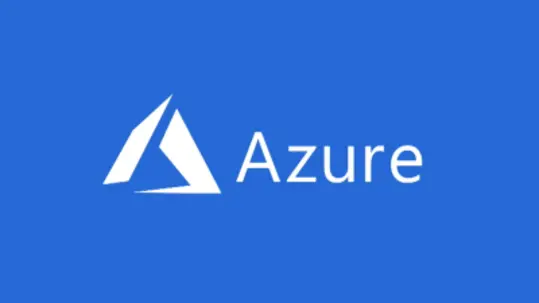The adoption of cloud computing has brought significant benefits to organizations, including cost reduction and scalability. However, it has also brought new security challenges that need to be addressed properly.
It is important to note that cloud service providers, such as Microsoft Azure, are responsible for providing the fundamental tools for protecting your environment. However, it is ultimately up to the IT administrator to properly configure and manage these tools, as the majority of security failures in cloud environments are caused by a lack of knowledge and application of good practices by those responsible for the environment.
In this article, we will focus on the most common security mistakes made by IT administrators in cloud environments, specifically in Microsoft Azure, and provide recommendations to avoid them.
Granular Access Control and Multi-Factor Authentication
One of the common causes of security breaches is the inappropriate access permissions assigned to users. It is essential to ensure that users have the necessary permissions to perform their tasks and nothing more. Microsoft Azure’s Role-Based Access Control (RBAC) tool allows the creation of custom roles that grant access to specific resources or actions.
In addition to granular access control, it is also important to ensure that multi-factor authentication is enabled for all users. Multi-factor authentication is an extra layer of security that makes an attack even more difficult, as it requires users to use more than one authentication factor when logging in. It is also worth mentioning the importance of a strong password (12 characters including capital letters, numbers, and special characters) that is not used in other services.
Despite the importance of MFA, many companies fail to implement this security measure, leaving their data vulnerable to attack.
Data Encryption at Rest
Data encryption is an essential security measure that protects data from unauthorized access.. In Microsoft Azure, data encryption at rest is enabled by default when a storage account is created, but older storage accounts may not have this setting enabled, leaving virtual machine disks and blob storage unencrypted. Cybercriminals can easily obtain data improperly if they manage to compromise an account with access to these resources within Azure. Therefore, IT administrators should always ensure that data encryption at rest is enabled for all storage accounts.
Using Audit Logs
Audit logs are a powerful tool for tracking changes made to the Azure environment and can help identify security threats. IT administrators should regularly review these logs and integrate them with tools such as Power BI or Microsoft OMS to make them easier to manage. Audit logs can also serve as an indicator of compromise, allowing administrators to take swift action in case of a suspected threat.
Proper Use of Network Security Groups
Network Security Groups (NSGs) are the simplest type of firewall available in Microsoft Azure. NSGs allows administrators to create rules that restrict access to network resources based on IP addresses or security groups. However, misconfigured NSGs can expose Azure resources to the public, leaving the environment vulnerable to brute-force attacks, which can lead to ransomware attacks. IT administrators should ensure that NSGs are correctly configured, and only the required rules are in place.
Final Thoughts:
Ensuring the security of your cloud infrastructure requires a thorough understanding of the cloud environment, and IT administrators must follow best practices to protect their organization’s data and resources.
It is essential to understand that the security of Microsoft Azure resources is a shared responsibility between the cloud service provider and the users. Microsoft Azure provides a secure platform, but it is up to the IT administrators to configure and manage the environment effectively to ensure its security.
Microsoft Azure offers a range of tools and services to help secure the environment, but they must be used correctly. By implementing granular access control, multi-factor authentication, data encryption, audit logs, and proper use of NSGs, IT administrators can significantly reduce the risk of security breaches in Microsoft Azure environments.

